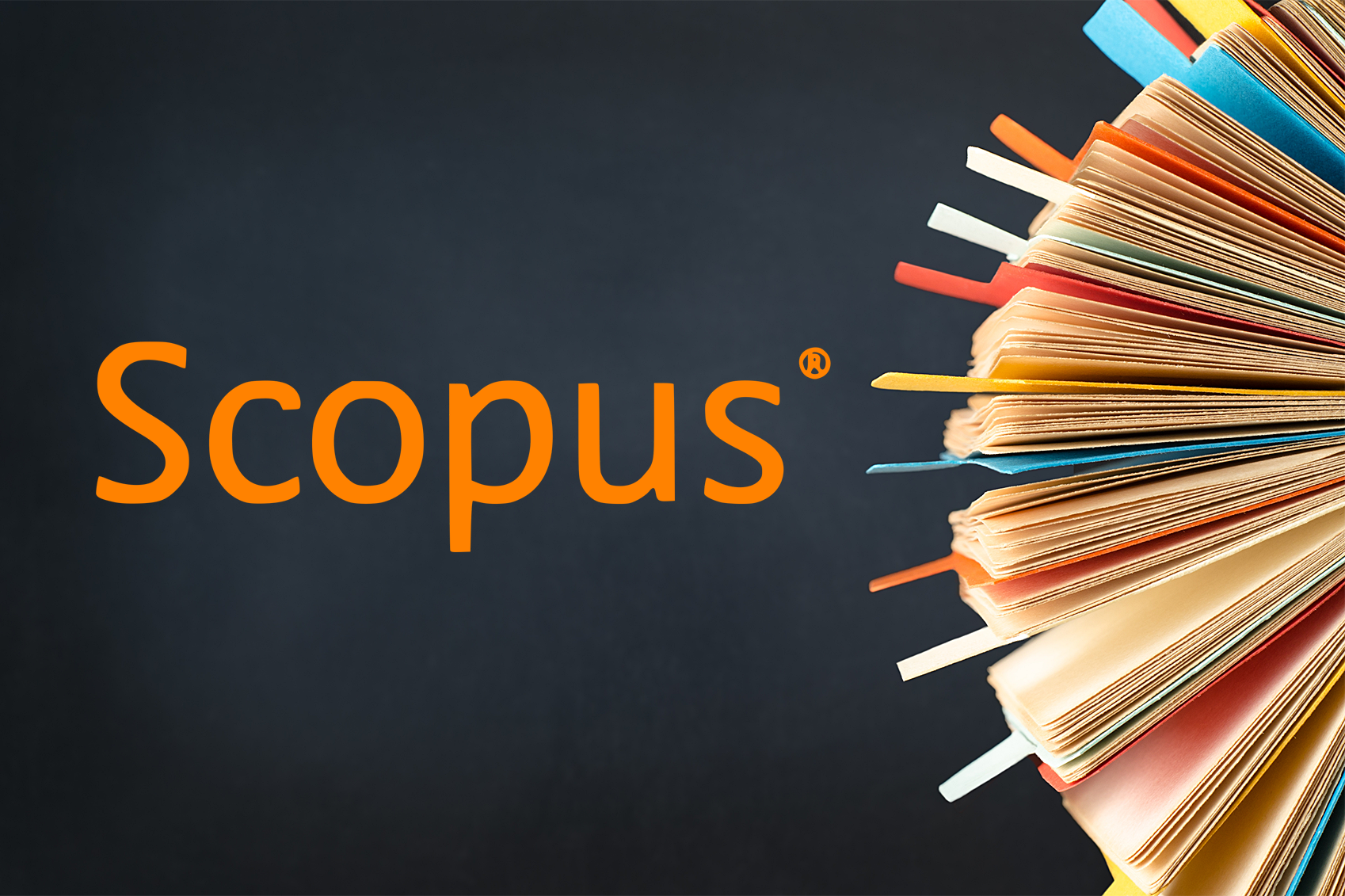Scopus and ScienceDirect are two popular scientific literature databases owned by the publisher Elsevier. While both platforms offer a wealth of information, they serve distinct purposes and cater to different research needs. In this article, we will delve into the key differences between Scopus and ScienceDirect, helping you make informed decisions for your research endeavors.
Differences between Scopus and ScienceDirect
- Content and Access
ScienceDirect:
- Launched in 1997
- Provides access to ~3,800 journals and ~37,000 book titles
- Offers abstracts, metadata, and figure thumbnails for free, while full-text access requires a subscription or Open Access
Scopus:
- Launched in 2004
- Indexes peer-reviewed journals, books, and conference proceedings
- Provides abstracts and citation statistics; full-text access is not available
- Purpose and Features
ScienceDirect:
- Designed to be a one-stop platform for accessing full-text scientific, technical, and medical research content
- Allows researchers to read, analyze, and share articles
- Users can create an account, save articles, and track their research progress
Scopus:
- Primarily an abstract and citation database, focusing on providing comprehensive citation statistics
- Facilitates interdisciplinary research by indexing a wide array of scientific domains
- Features tools for tracking research trends, assessing impact, and identifying potential collaborators
- Provides metrics like CiteScore, SNIP, and SJR as alternatives to the Journal Impact Factor
FAQs
Q: Can I access full-text articles on Scopus? A: No, Scopus only provides abstracts and citation information. For full-text access, users should search ScienceDirect or other databases/repositories.
Q: How do I know if a journal is indexed in Scopus? A: Use the “Sources” search function on the Scopus homepage to check if a specific journal is indexed.
Q: Is there a fee for using ScienceDirect or Scopus? A: Both platforms are typically accessed through library or institutional subscriptions. Some content on ScienceDirect may be Open Access.
List: Key Features of ScienceDirect
- Comprehensive access to various scientific domains
- User-friendly interface for reading, analyzing, and sharing articles
- Personalized account features, such as saved articles and progress tracking
List: Key Features of Scopus
- Broad indexing of peer-reviewed journals, books, and conference proceedings
- Comprehensive citation statistics and metrics
- Tools for tracking research trends, assessing impact, and identifying potential collaborators
Conclusion
Scopus and ScienceDirect cater to distinct research needs. ScienceDirect offers a one-stop solution for accessing full-text scientific literature, while Scopus serves as an abstract and citation database, providing invaluable citation statistics and trends. Understanding the differences between these platforms allows researchers to optimize their use of these resources for their specific information and research assessment needs.
Footnotes
[1] Browse titles in journals and book content – ScienceDirect [2] Journal Metrics – Scopus.com

